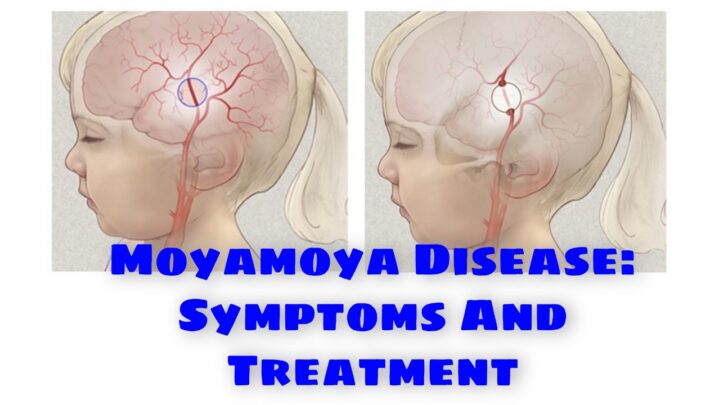The disease Moyamoya damages the blood vessels in the brain and is progressive (cerebrovascular). The carotid artery, the main artery that carries blood to the brain, narrows (stenosis) and/or closes (occlusion).
Symptoms
Moyamoya illness can strike anyone at any age, but symptoms are most common in children between the ages of 5 and 10, and in adults between the ages of 30 and 50.
The first symptom in children is frequently a stroke or a recurring transient ischemic attack (TIA), particularly in children. Adults may also have these symptoms, as well as brain bleeding (hemorrhagic stroke) caused by faulty brain arteries.
Moyamoya disease symptoms include difficulty speaking or understanding people, headache, and weakness, numbness in your face, arm, or leg, involuntary movements, seizures, cognitive or developmental delays, and visual problems.
Treatment
A neurologist who specializes in the ailment is usually the one to diagnose Moyamoya disease. The specialist will examine you and go over your symptoms, as well as your family and medical history.
The constricted arteries in Moymoya’s brain are fixed with surgery, which reduces the chance of stroke. Several surgical therapies for moyamoya are effective in bypassing restricted arteries and establishing a fresh blood supply for the brain’s affected areas.
Surgical therapies for moyamoya include the following:
1. EDAS
The superficial temporal artery in the child’s brain is laid over an opening in the cortex in this surgery. After that, the artery is sewn to the dura (the firm layer of tissue that covers the brain). Small new artery arteries begin to form throughout time.
2. Omental transposition/transfer
The omentum, the blood-rich lining that covers the organs in the abdomen, is put across the surface of the brain in this treatment. New vessels form and expand into the brain over time.
3. Dural inversion
The flaps of fibrous dural tissue on the child’s meningeal vessel, a large artery within the skull, is inverted during this procedure by neurosurgeons. This brings the outer dural surface, which is densely dotted with blood vessels, into direct contact with areas of the brain that had previously been deprived of vital blood flow.
4. Pial synangiosis
This is a procedure in which a healthy scalp blood artery is rerouted to the brain, bypassing the constricted veins.
Keep reading successyeti.com
Also Read: What Is Moyamoya Disease And Its Causes





